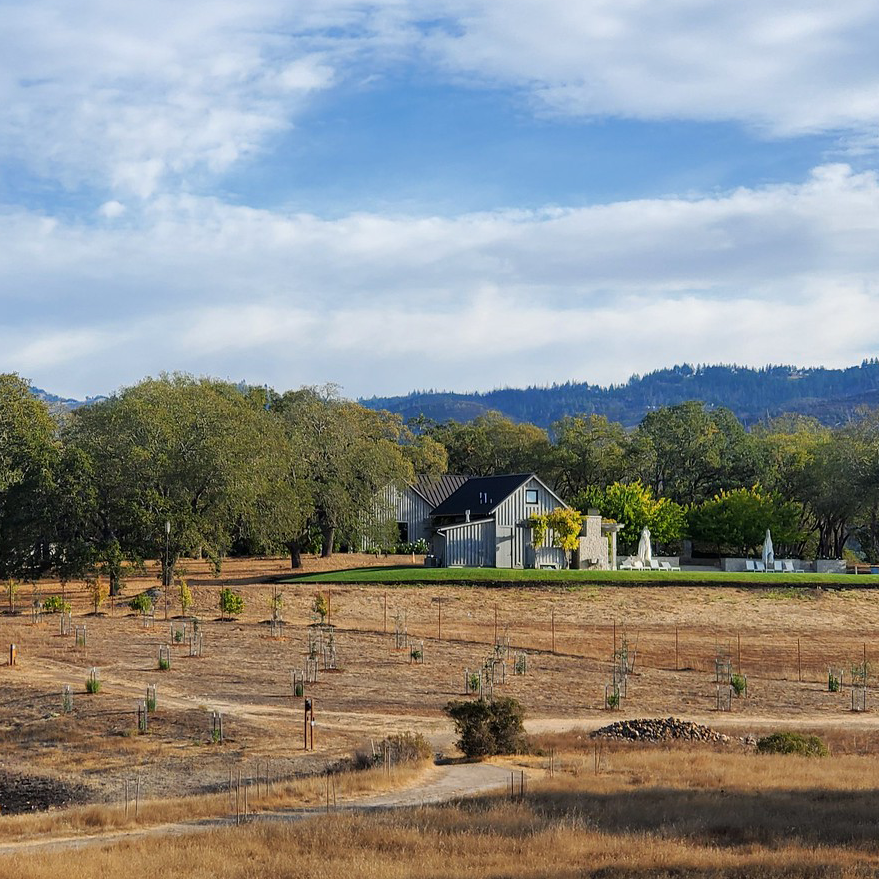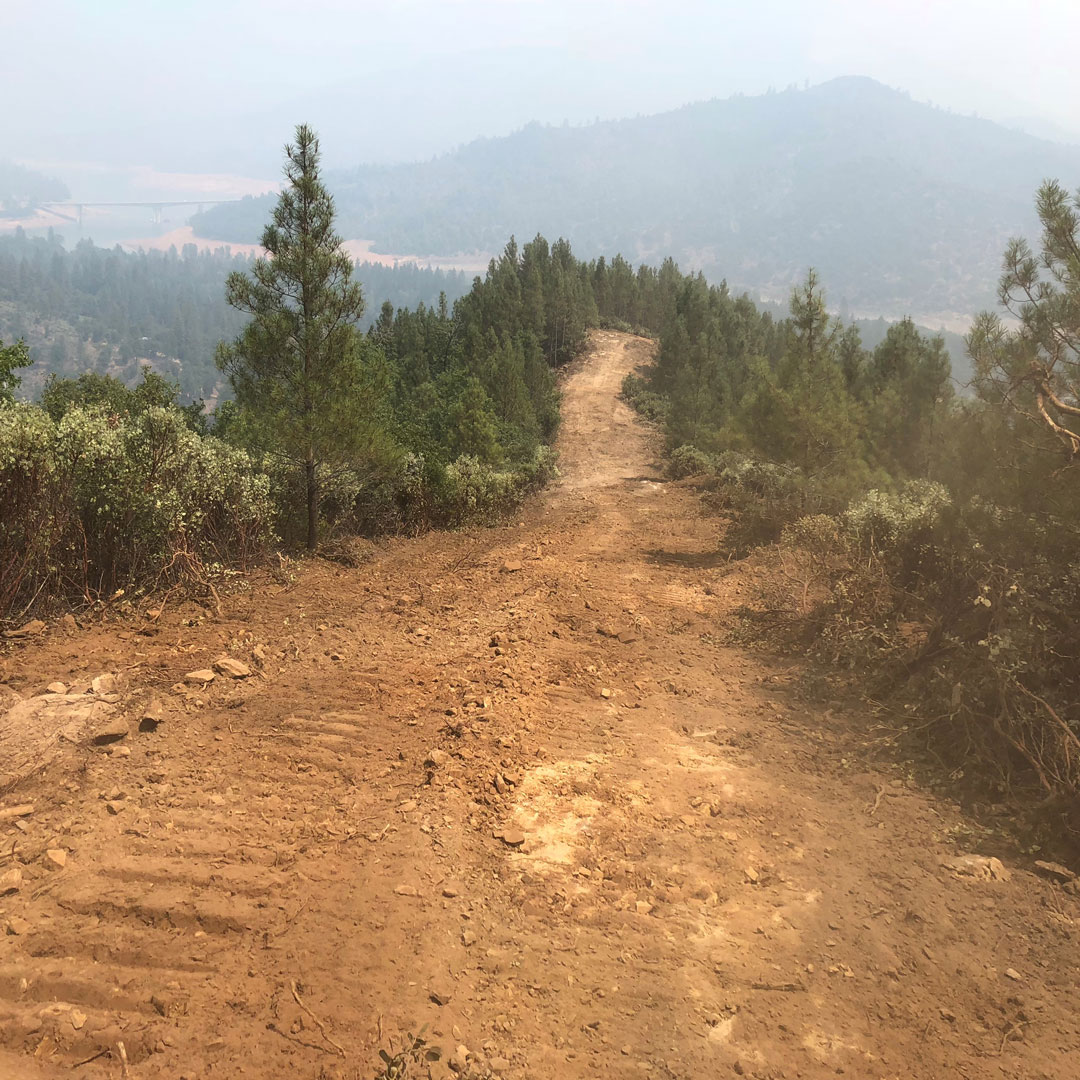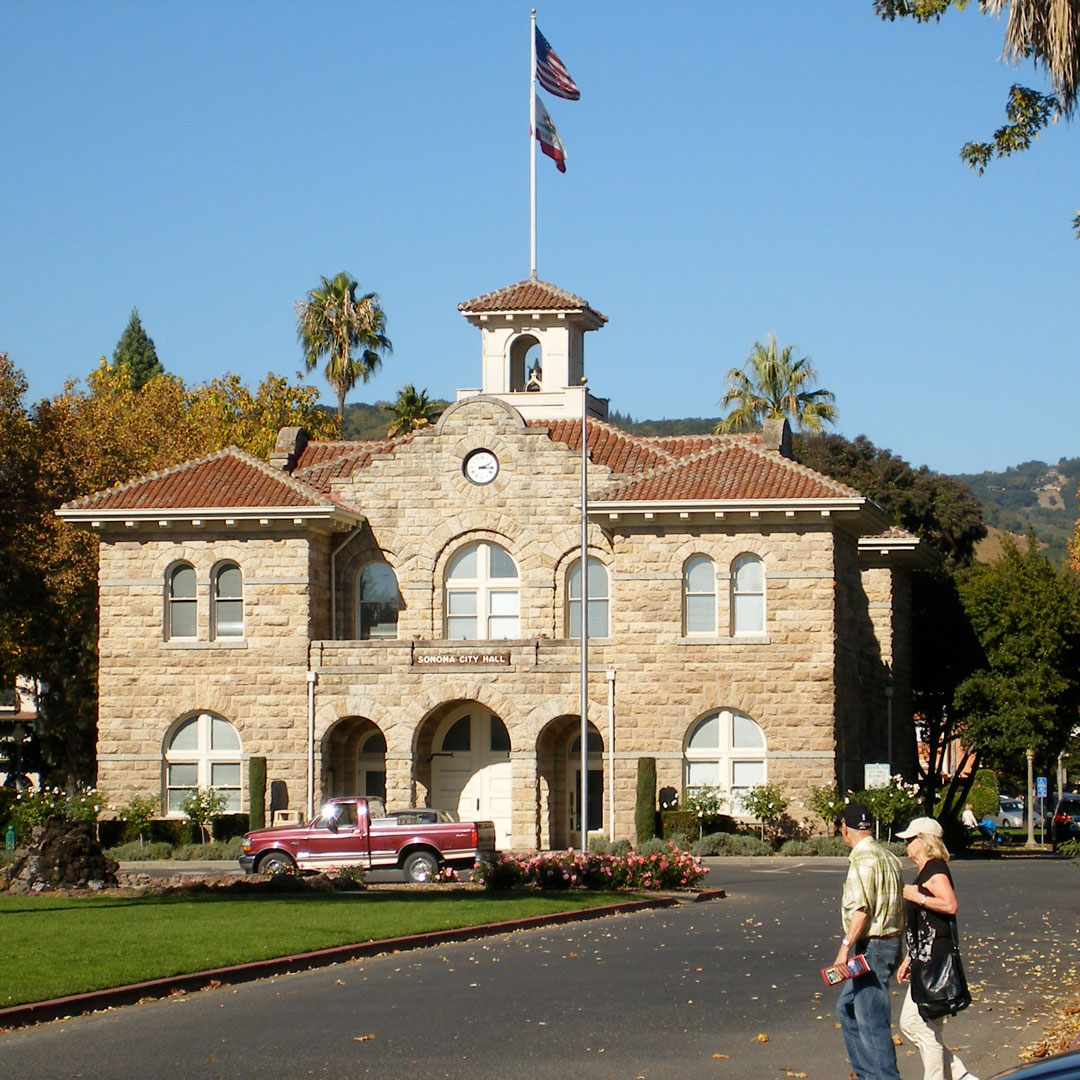
Preserving urban forests through education and wildfire mitigation
Our Mission
Here at Mind The Divide, our goal is to guide communities through a collaborative process as they plan, establish, and properly invest in a sustainable urban forest, as well as create defensible spaces and harden structures in a time of unprecedented fire behavior so that these resources can flourish for generations to come.
Overview
Learning Lab for Urban Forest Growth
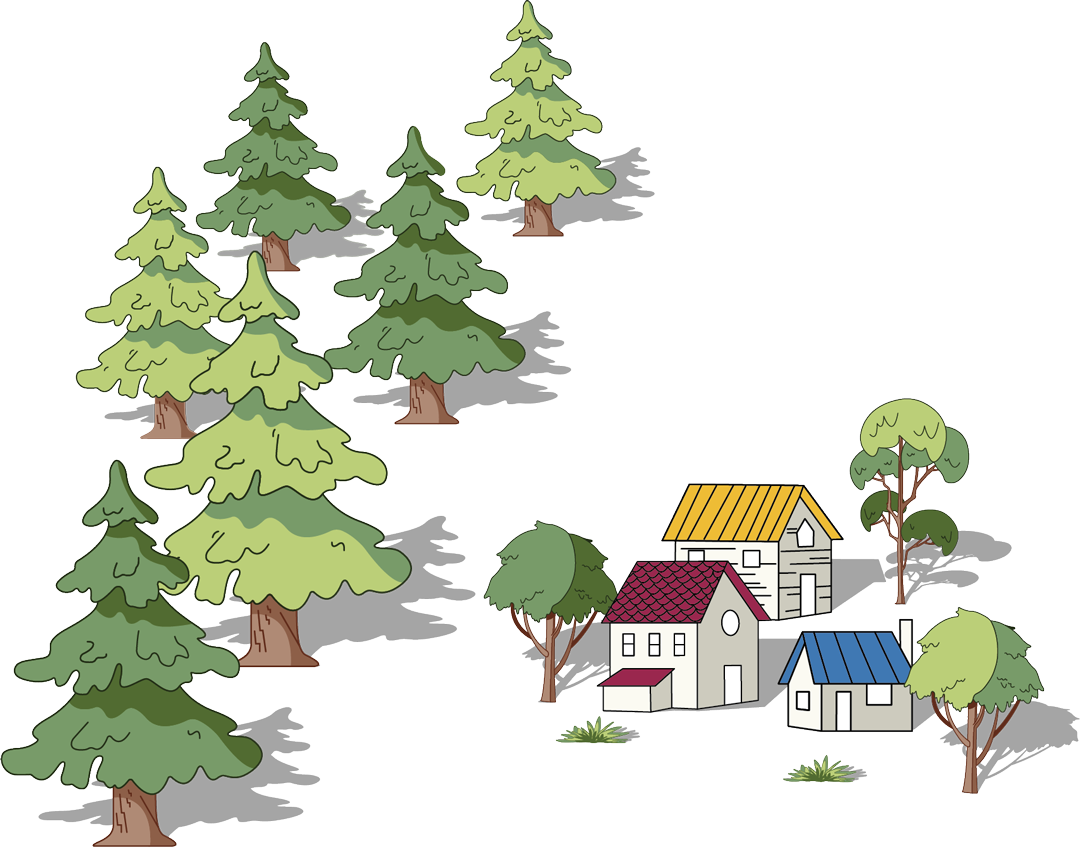
What is Mind the Divide?
California is facing a multifaceted dilemma. Wildfires continue to increase in frequency and severity, where megafires are no longer the exception but the norm. Housing demands keep rising as population increases, thus it is becoming more common to build further into the Urban Wildland (formerly known as the WUI or wildland urban interface). Our atmosphere’s CO₂ is at dangerous levels and climbing. Roughly 80% of our population is found in the Urban Core, yet we are losing an average of 27% tree cover in cities per year, including all the services that come from them (Nowak and Greenfield 2012, 21). Heat island effect is getting worse as we put in more concrete, asphalt, dark colored roofs, and buildings. The link between these challenges are the methods in which we prepare for wildfire, develop our cities, and foster our varying types of forests. Mind The Divide provides recommended standards to guide the development of proactive management strategies in building up and maintaining healthy urban and wild forests.
Choose an image below that depicts your area to find relevant resources.
Our Community’s Trees.
Our Community’s Benefits.
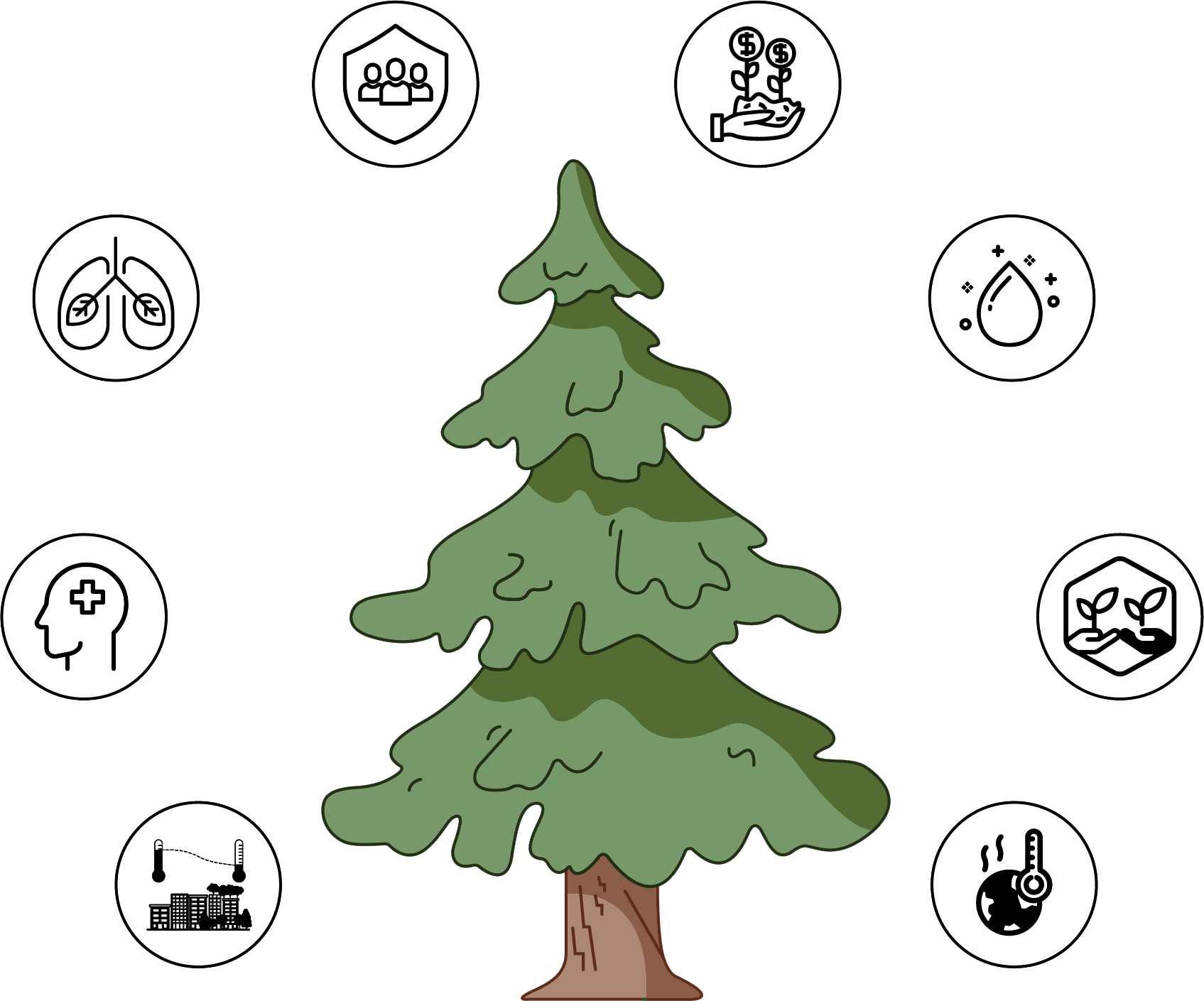
Temperature Regulation
Trees provide shade, which helps to cool the surrounding environment. They can reduce the heat island effect in urban areas, where concrete and asphalt absorb and radiate heat, making cities significantly warmer.
Human Health
Being in the presence of trees has been shown to have a positive impact on mental health and well-being. Spending time in green spaces and forests can reduce stress, improve mood, and enhance cognitive function.
Air Quality
Trees can help reduce air pollution by absorbing harmful pollutants, such as nitrogen dioxide, ozone, and particulate matter. They act as natural filters, improving the quality of the air we breathe.
Community Safety
Urban forests and tree-lined areas have been shown to contribute to increased community safety and reduced crime rates.
Economic Improvement
Trees contribute to the beauty and aesthetics of landscapes, neighborhoods, and cities. Well-maintained tree-lined streets and green spaces enhance the quality of life and can increase property values.
Water Quality
Trees play a crucial role in regulating the water cycle. They help to prevent soil erosion, improve water quality by filtering runoff, and reduce the risk of flooding by absorbing excess rainwater.
Community Benefits
Trees have a unifying effect, bringing communities together. Parks, green spaces, and urban forests provide gathering places for recreational activities, social interactions, and community events.
Climate Change
Trees act as natural carbon sinks, absorbing and storing carbon dioxide from the atmosphere. This helps to mitigate the impacts of greenhouse gases and reduce the effects of climate change.


